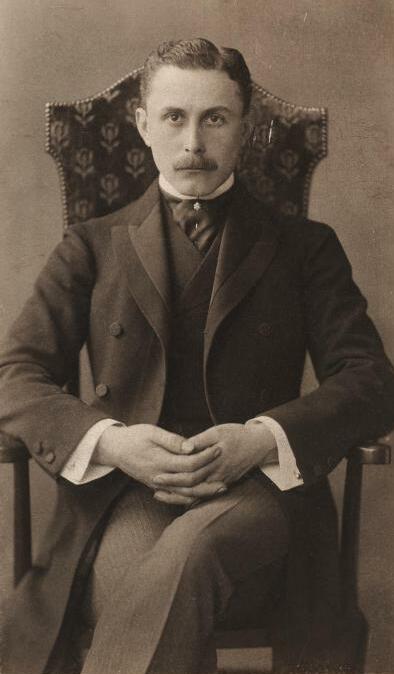
Adolf Loos
Adolf Loos (1870-1933) was an Austrian architect and designer, celebrated for his pioneering contributions to modern architecture and his rejection of decorative ornamentation. His influential essay, "Ornament and Crime," argued that ornamentation was a sign of cultural and aesthetic regression. Loos's work emphasized functionalism and simplicity, showcasing a stark contrast to the elaborate styles of the past. His designs, which include notable buildings like the Villa Müller in Prague, are characterized by their minimalist aesthetic and innovative use of space, making him a key figure in the development of modernist architecture.
Born on Dec 10, 1870 (155 years old)
Global Media Ratings
Countries Mentioned
No country-level mention data available.
Interactive World Map
Each country's color is based on "Mentions" from the table above.
Recent Mentions
 Spain:
Adolf Loos was a prominent figure who prioritized truth over beauty, influencing Kraus's thoughts.
8
Spain:
Adolf Loos was a prominent figure who prioritized truth over beauty, influencing Kraus's thoughts.
8
 Spain:
Adolf Loos is another iconic figure whose works are represented in the Wienmuseum.
8
Spain:
Adolf Loos is another iconic figure whose works are represented in the Wienmuseum.
8
 France:
Walter Benjamin's interests included the architectural proposals of Adolf Loos.
6
France:
Walter Benjamin's interests included the architectural proposals of Adolf Loos.
6
